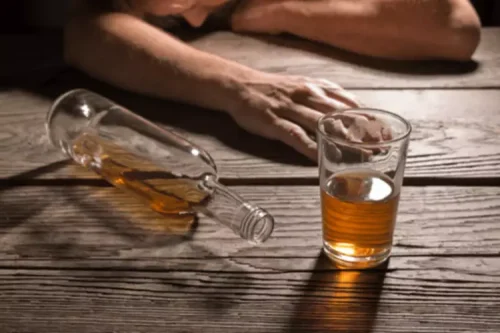
The potency of marijuana has also been steadily rising, with THC levels rising from about 4% in 1998 to over 15.5% in 2018, as revealed in DEA-tested samples. Inpatient rehabis the most popular level of care offered at The Recovery Village. During inpatient care, patients live at the rehabilitation center full-time. This provides a supportive, drug-free environment to work through treatment and begin recovery.
Outpatient Treatment
- During inpatient therapy, patients may attend multiple cognitive behavioral group sessions per week.
- Some people don’t recognize the impact of marijuana on their lives.
- Because mental health conditions can influence addiction and substance use can make mental health conditions worse, it’s vital that both of these issues are addressed at the same time.
- It usually begins with a detoxification process, and then it will include a period of time during which you, or your loved one, will engage in learning about your addiction and learn tools to manage non-use, all while being able to solely focus on recovery.
- With the rising prevalence of fentanyl-laced substances, cases of DAH will increase.
As of recent data, approximately 18% of Americans report using marijuana, with a Yahoo News/Marist national survey further revealing that around 35 million Americans consume marijuana every month. New research analyzing data from the National Survey on Drug Use and Health, published in the journal Addiction, examines trends in cannabis and alcohol consumption in the United States over the past 40 years. In 2022, an estimated 17.7 million people reported using marijuana daily is marijuana addictive or nearly every day, a sharp uptick from fewer than 1 million in 1992. Medicinal users consume marijuana to manage chronic pain, nausea, epilepsy, and other medical conditions, certainly when conventional treatments prove ineffective. Cannabidiol (CBD), a non-psychoactive component, is utilized for therapeutic benefits without the intoxicating effects of THC.
We are in-network with most insurance companies.
Support groups are an effective way to connect with a recovery network. Support groups can be offered online or in person, depending on which works best for your situation. A couple of common support groups that individuals with a marijuana use disorder may find helpful is SMART Recovery, Alcoholics Anonymous, or Narcotics Anonymous if using other substances in addition to marijuana. what is alcoholism Although not dangerous, marijuana withdrawal symptoms can be unpleasant enough that a person may return to marijuana use to alleviate them, creating a cycle of compulsive marijuana use that contributes to addiction. Offers a structured setting for 24/7 support, intensive care, and various therapeutic approaches. These programs are especially helpful for individuals with severe addiction or those in need of concentrated and immersive treatment.
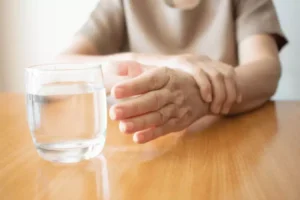
Men’s Addiction Treatment: Tailored Approaches for Effective Recovery
During detox, we’ll assist your body in getting rid of harmful toxins from marijuana. Once you’re through that, you can get into therapy, counseling, and other support, which will set you up for long-term success. Self-help programs like Narcotics Anonymous are crucial in SUD treatment, providing peer support and encouraging behavioral change. Many Americans see marijuana as alcohol, with more states legalizing it for medical and recreational use. Because on the other side of addiction lies a life of freedom, purpose, and endless possibilities. Last but not least, let’s talk about adventure therapy and experiential programs.
- Marijuana has legitimate medicinal purposes when it is used correctly.
- Yes, marijuana and cannabis refer to the same plant, Cannabis sativa, but the terms are used differently.
- This helps participants improve their chances of success and promotes lifelong recovery.
Signs You Need Rehab for Weed Addiction
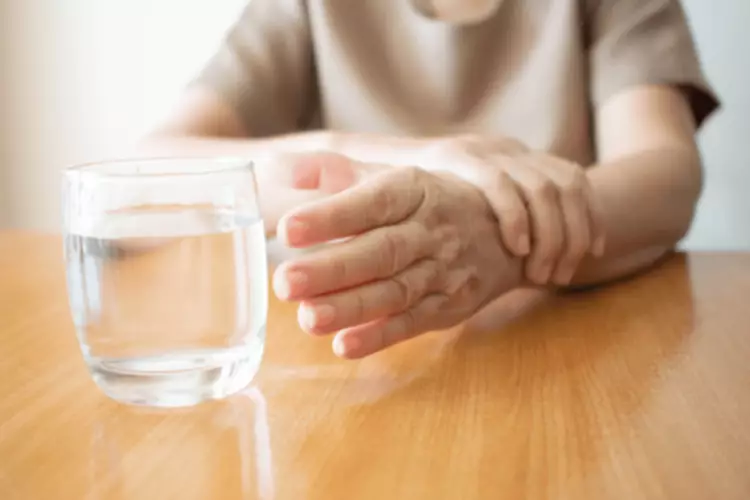
You may find it easier to do this when you understand that marijuana addiction is an illness and not a moral failure. You can also talk with a therapist or counselor about your marijuana use. Many therapy offices provide treatment services themselves, and if they don’t, they will help you find somewhere that does. It prepares an individual for life after rehab and equips them with the necessary skills for long-term recovery.
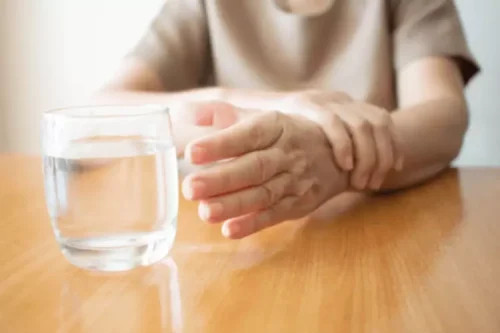
Because they can control their drug use better than people who are addicted, they can generally live at home and visit the rehab facility for therapy. They experience withdrawal and cravings, but they don’t exhibit compulsive and reckless behavior. Fostering motivation for sobriety is one of the primary goals of marijuana addiction treatment. Rehab also teaches people skills for overcoming cravings, avoiding relapse and living healthy lives.
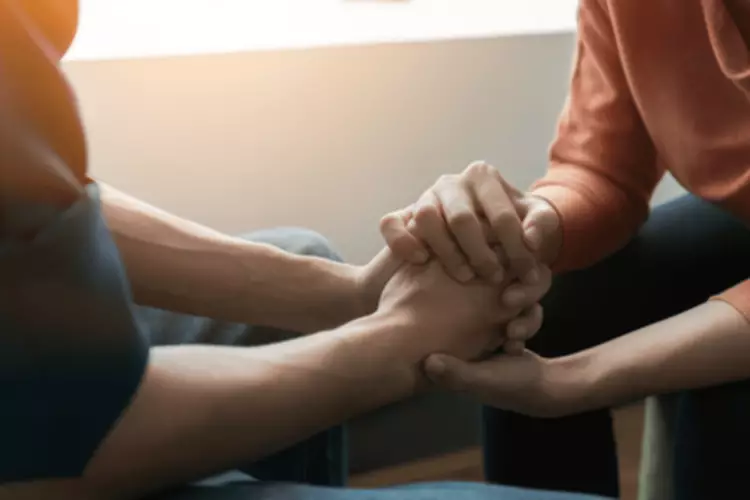
Abstinence has been evaluated using absence of positive urine drug tests, absence of self-reported drug use, and regularly attending sessions where drug use is assessed. But abstinence is a high bar comparable to requiring that an antidepressant produce complete remission of depression or that an analgesic completely eliminate pain. Recognizing this limitation, the FDA encourages developers of opioid2 and stimulant3 use disorder medications to discuss with FDA alternative approaches to measure changes in drug use patterns. For many people trying to recover from a substance use disorder, perhaps for the majority, abstinence may be the most appropriate treatment objective. But complete abstinence is sometimes not achievable, even in the long-term, and there is a need for new treatment approaches that recognize the clinical value of reduced use. Look for programs that offer robust aftercare and support services, such as alumni programs, counseling, and ongoing therapy.
